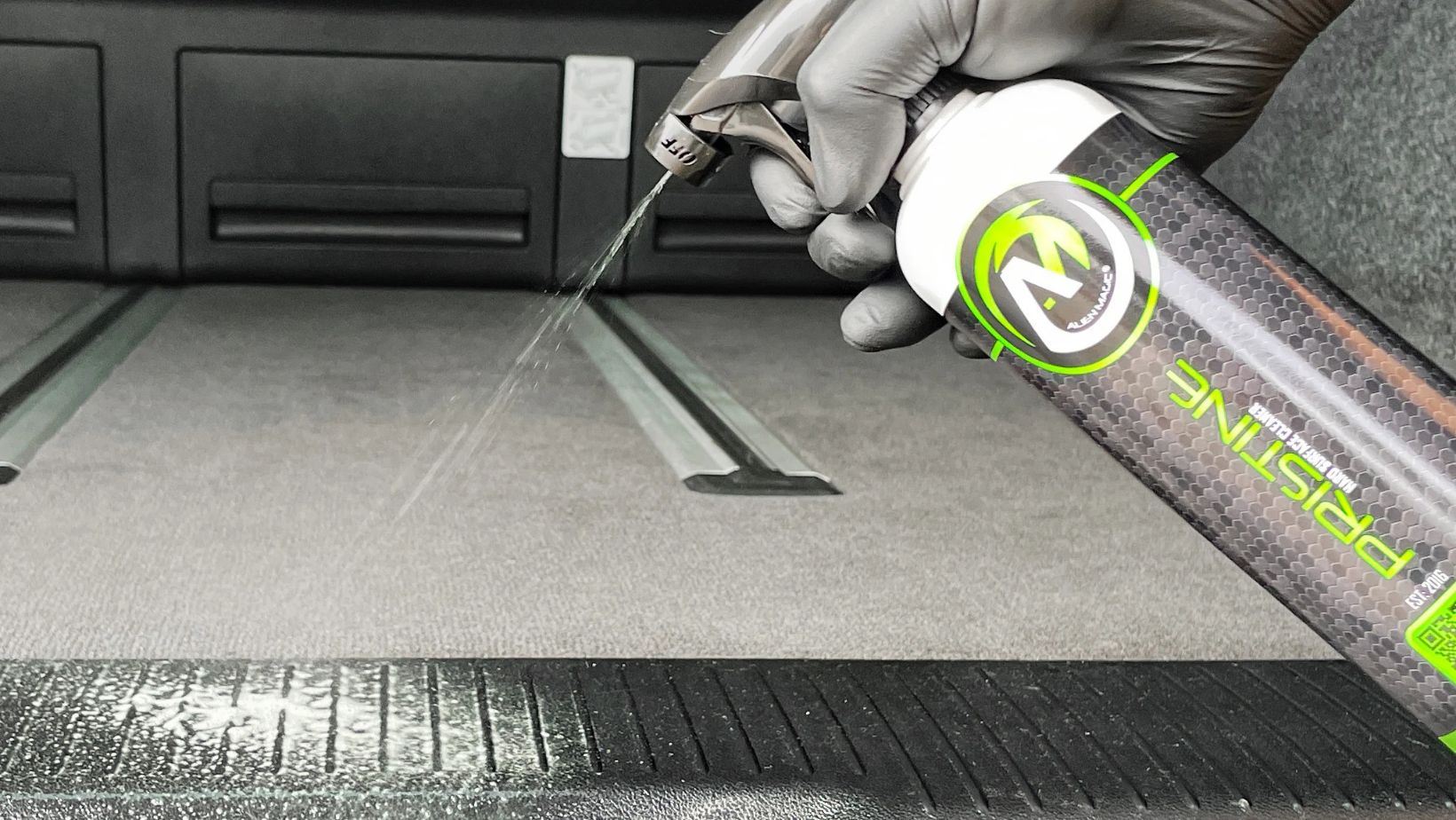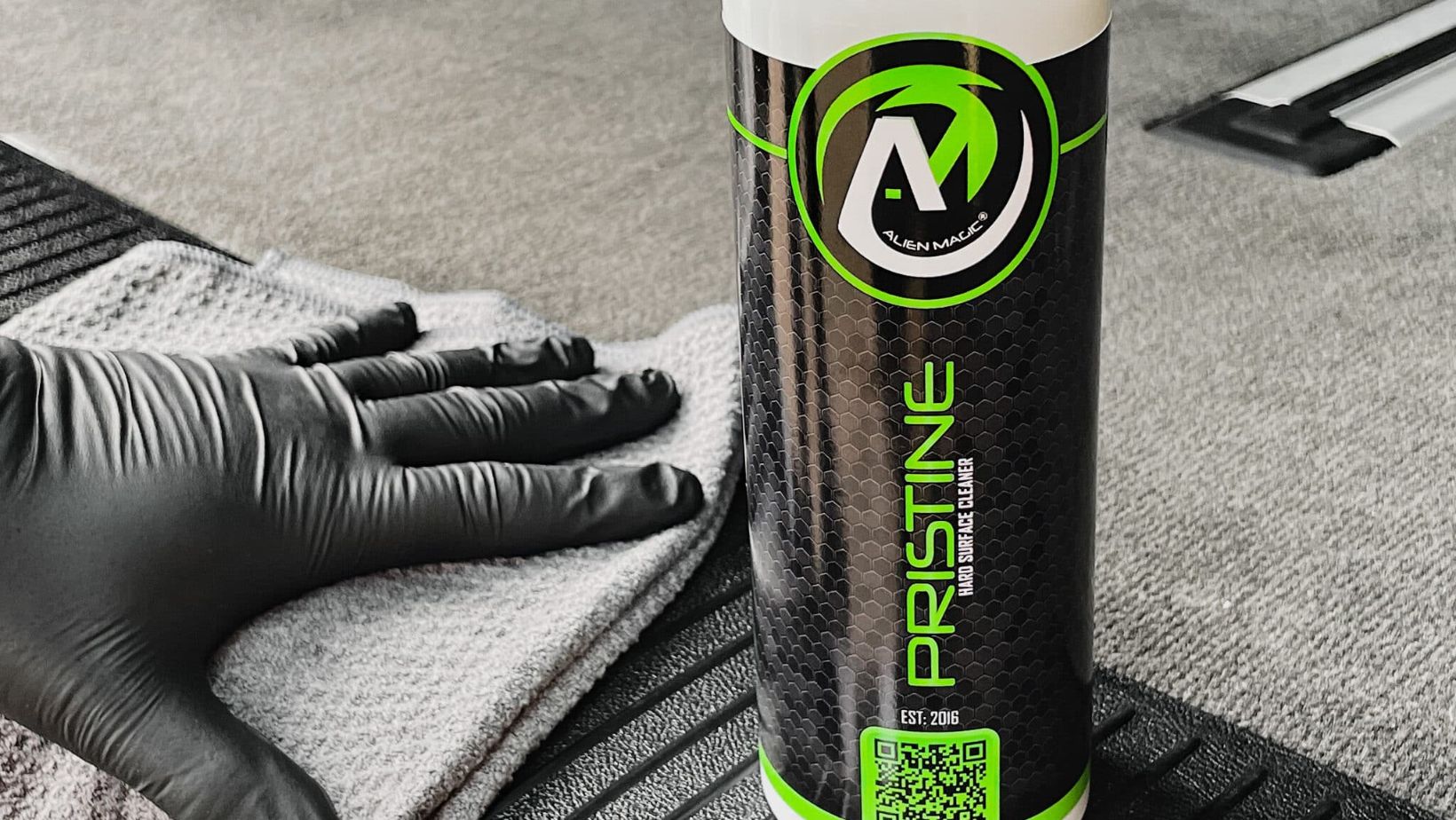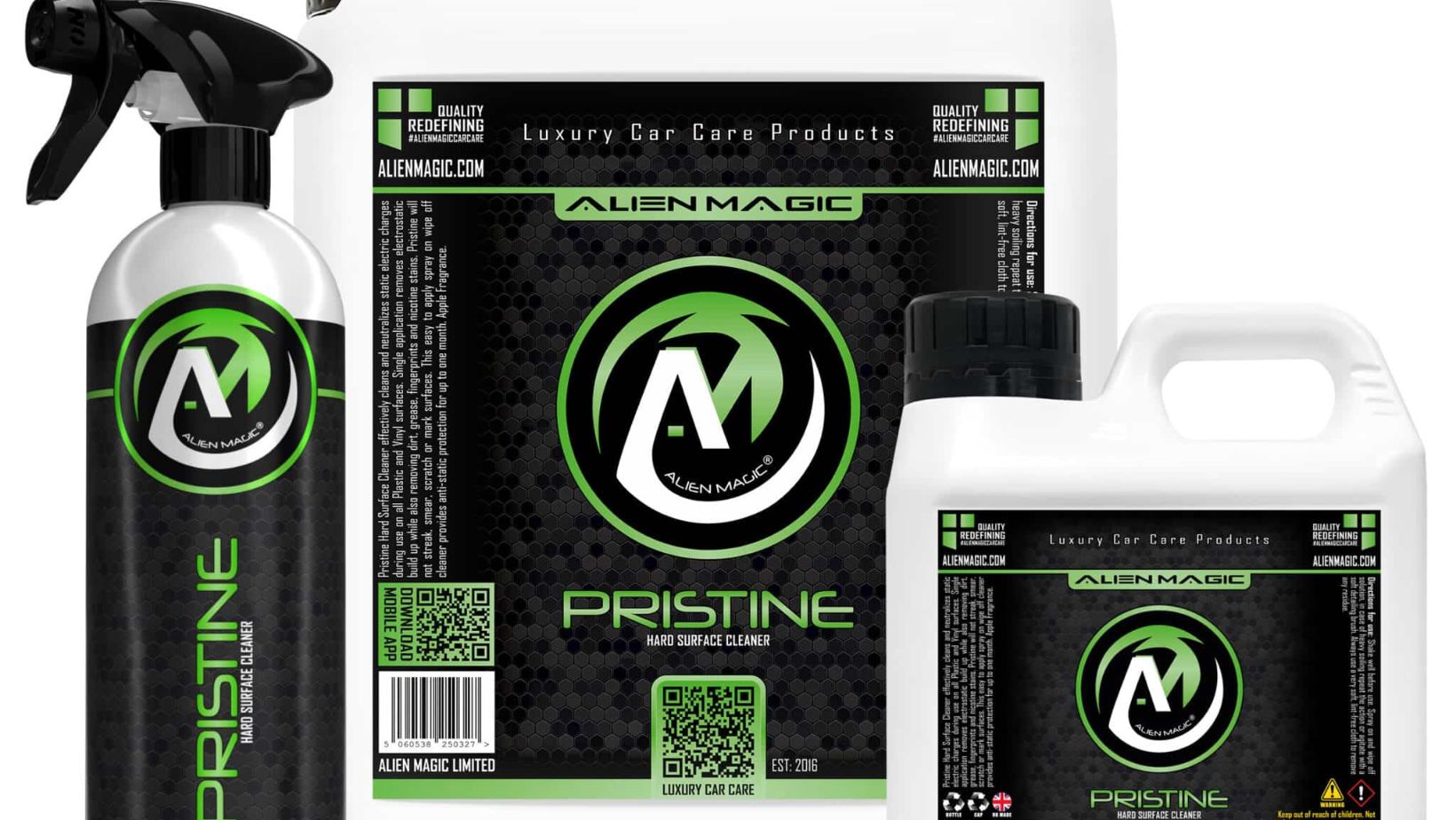 From glossy smartphone screens to brushed metal kitchen appliances, beautifully designed surfaces are a key part of modern life. But there’s one issue that plagues nearly all of them — they rarely stay clean for long. Touch them once, and suddenly there’s a smear. Use them regularly, and you’re stuck with a build-up of fingerprints, smudges, and streaks that seem impossible to avoid.
From glossy smartphone screens to brushed metal kitchen appliances, beautifully designed surfaces are a key part of modern life. But there’s one issue that plagues nearly all of them — they rarely stay clean for long. Touch them once, and suddenly there’s a smear. Use them regularly, and you’re stuck with a build-up of fingerprints, smudges, and streaks that seem impossible to avoid.
Yet some surfaces seem to defy this pattern. Despite constant use, they retain a clean, polished look. They don’t need daily polishing. They don’t show every mark. So what’s the secret? How do certain materials stay pristine even when they’re handled all the time?
The answer often lies in surface science — specifically, anti-fingerprint coatings. These advanced coatings are transforming everything from consumer electronics to architectural panels, helping materials resist the tell-tale signs of everyday use.
The Problem With Daily Use
Touch is unavoidable. Whether it’s swiping your phone, opening a cabinet, or adjusting a thermostat, our hands are constantly interacting with surfaces. The skin naturally produces oils and moisture, which transfer to everything we touch. Over time, those oils trap dust, grime, and other particles — leaving surfaces looking worn, dirty, and dull.
For designers and manufacturers, this poses a constant challenge. Customers want materials that look flawless, especially in high-touch areas. But maintaining that fresh-out-of-the-box appearance usually means lots of cleaning, special products, and careful handling — none of which align with how people actually live and work.
Enter smart surface solutions. Through clever chemistry and ultra-thin coatings, engineers have found ways to make surfaces more resistant to the wear and tear of daily life without compromising on style.
How Modern Coatings Keep Surfaces Looking New
The reason some surfaces stay clean is not just good luck — it’s precision science. Anti-smudge, anti-oil, and self-cleaning properties are now being engineered directly into the materials we use every day.
Here’s how it works.
1. Surface Texture at the Microscopic Level
Surfaces may look smooth to the naked eye, but under a microscope, they’re full of ridges, pits, and valleys. These microscopic features trap oil and debris. Smart coatings fill in those tiny imperfections, making it harder for residue to stick and easier to wipe away.
2. Repelling Oils and Moisture
Anti-smudge coatings often contain oleophobic and hydrophobic compounds — meaning they repel oil and water. When your finger touches a treated surface, the oil doesn’t soak in or smear. Instead, it beads up and sits on the surface, where it can be quickly wiped away with minimal effort.
3. Harder, More Durable Finishes
Some coatings also harden the surface, helping to prevent scratches and abrasions. This means surfaces don’t just stay clean — they stay smooth and sleek over time, resisting the dullness that often comes with wear.
Where You’ll Find These Pristine Performers
You’ve probably already encountered these advanced surfaces without realising it. As more industries embrace low-maintenance design, anti-mark coatings are becoming the standard in both consumer and commercial settings.
Consumer Electronics
Smartphones, tablets, and laptops are prime candidates. Their sleek screens and brushed metal finishes are constantly touched, so staying clean is critical to the user experience. Devices with built-in fingerprint resistance not only look better, they feel better too — smoother, less tacky, and easier to swipe across.
Kitchen and Bathroom Fixtures
Matte black tapware, stainless steel appliances, and high-gloss cabinetry look stunning in a showroom — but can quickly lose their appeal when they’re covered in fingerprints. Surfaces treated to resist smudges maintain their beauty even with daily use, and they require less harsh scrubbing to stay that way.
Architectural and Commercial Surfaces
Office partitions, elevator panels, door handles, and public touchscreen kiosks all benefit from finishes that resist the marks of human contact. They help maintain a cleaner, more professional appearance — particularly important in spaces where first impressions count.
Automotive Interiors
Cars today are filled with touchscreens and high-gloss surfaces. Anti-mark coatings help these interiors resist fingerprints, dust, and scratches, ensuring that both style and function hold up over time.
Why It Matters Beyond Aesthetics
Keeping surfaces clean isn’t just about looks. In many cases, it also improves performance, hygiene, and sustainability.
Improved Visibility and Usability
A smudged screen or reflective panel isn’t just unsightly — it’s hard to read and can cause glare. Anti-smudge treatments preserve clarity, making devices easier to use and reducing eye strain.
Reduced Cleaning Time and Chemical Use
When surfaces don’t trap grime, they don’t need constant cleaning. That means fewer harsh cleaners, less water use, and less wear and tear from scrubbing — all of which benefit both people and the environment.
Better Hygiene in Shared Spaces
In areas where multiple people interact with the same surfaces — like lift buttons, tabletops, or public screens — fingerprint resistance can help reduce the build-up of bacteria and other contaminants, supporting better hygiene.
Choosing Smarter Materials
For consumers, architects, and designers alike, surface performance is becoming as important as visual appeal. When selecting materials for a space or product, it’s worth asking a few key questions:
- Does the surface resist fingerprints and smudges?
- Will it retain its look with regular handling?
- How often will it need to be cleaned to stay presentable?
- Can it withstand daily wear and still perform?
The answers to these questions can dramatically impact the experience of living with or using that surface — especially in high-traffic environments.
Looking Ahead: Surfaces That Do More
The science of smart surfaces is only just beginning. Researchers are now exploring multi-functional coatings that combine anti-fingerprint properties with self-healing, antibacterial, or even anti-glare features. Imagine a surface that resists fingerprints, heals from scratches, and kills germs — all without looking any different from a regular finish.
These innovations are leading us toward a future where materials do more than look good. They actively support a cleaner, more convenient, and more durable way of living. For now, though, even a simple fingerprint-resistant coating can be the difference between a surface that demands constant care — and one that stays effortlessly beautiful, no matter how often it’s used.
Because when a material is designed not just to impress, but to endure, you get the best of both worlds: everyday elegance without the everyday effort.
